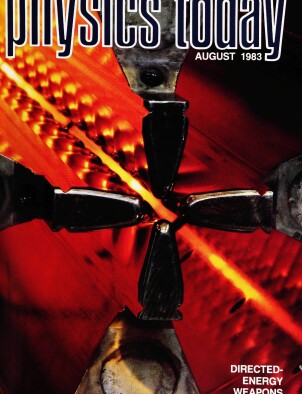Physics research organization, Italian style
DOI: 10.1063/1.2915796
Most physics research in Italy is organized and conducted through six national research groups. This way of organizing research through national groups has proved very successful and may in part explain how it is that Italian physicists have been able to remain competitive with their international colleagues despite their much lower levels of funding. (For example, in 1981 the total government funding for non‐nuclear physics in Italy was about $16 million and $75 million for nuclear physics, of which about $33 million was for CERN.) Our experience has been that the structure provided by the national groups enables the highest productivity possible under difficult financial constraints. The structure has also proved to be valuable in starting and carrying out scientific and technical programs requiring high levels of exchange between many different locations and across geographical, institutional and disciplinary barriers. I suggest that a similar approach could be used to advantage by developing countries and for specific fields in Europe or elsewhere, to counteract the difficult periods connected with funding and student enrollment expected in the near future. It might also be applied on an international basis for specific purposes and programs.
This article is only available in PDF format
References
1. G. Benedek, L. Miglio, Proc. First CMD Conf., Antwerp 1980,
J. Devreese, L. Van Doren, eds., Plenum, New York (1980).2. V. Lacquaniti, R. Vaglio, Cryogenics, April 1982, page 188.
3. L. Garbato, F. Ledda, P. Manca, Proc. 4th Int Conf. on Ternary and Multinary Compounds, Tokyo 1980 Jap. J. Appl. Phys. 19 Suppl. 19‐3, 67 (1980).
4. P. Massoldi, Proc. Madras Conf., December 1979 Bhabha Atomic Research Center, Bombay (1979);
S. Lo Russo, Fisica e Tecnologia, ed. comp., Bologna (1981) volume IV, no 4, page 245.
More about the Authors
Carlo Rizzuto. Scientific Council of the Gruppo Nazionale di Struttura Della Materia.




